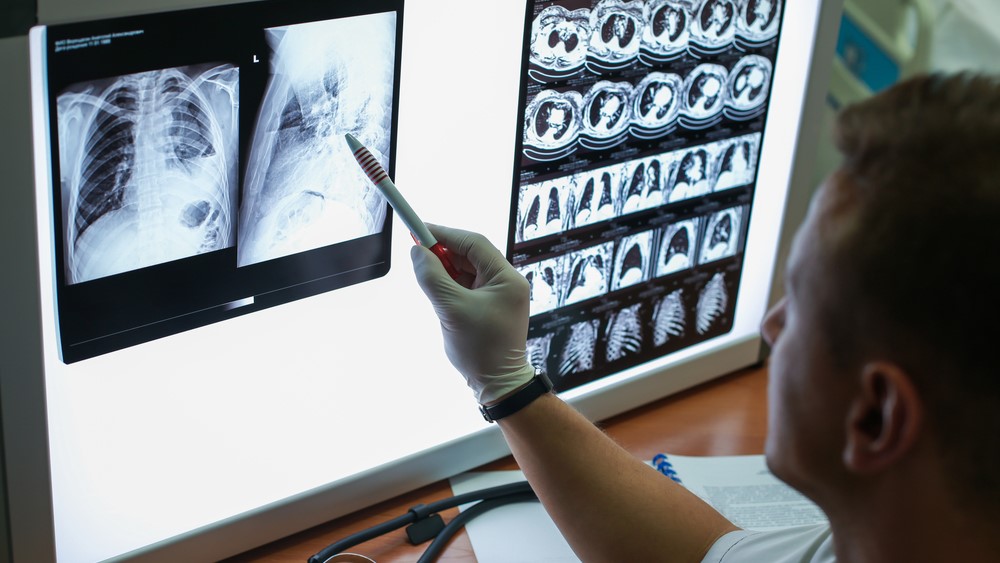This discovery is being hailed as a potential “game changer.”
Others are reading now
A new study out of the United States could shift how multiple sclerosis (MS) is detected and treated.
Researchers say they’ve identified specific protein markers in blood that can signal the onset of the disease up to seven years before symptoms appear.
MS is a chronic autoimmune disease where the body’s immune system attacks the myelin sheath — the protective covering around nerve fibers in the brain and spinal cord.
This damage can eventually affect the nerve fibers themselves, leading to fatigue, muscle weakness, numbness and vision problems among other symptoms.
But now, scientists at the University of California San Francisco have uncovered new signs that may help predict the disease far in advance.
Also read
Early warning signs in blood
The researchers analyzed more than 5,000 proteins in blood samples from 134 MS patients, comparing data from both before and after diagnosis.
Their key finding: an early spike in a protein called MOG (myelin oligodendrocyte glycoprotein), about seven years before diagnosis.
A year after that increase, another protein — neurofilament light chain (NfL) — also rose significantly. NfL is known to be released when nerve fibers are actively damaged, suggesting that myelin damage precedes nerve damage in the course of MS.
“This opens up new possibilities in diagnosing and monitoring MS earlier,” said Dr. Ahmed Abdelhak, associate professor of neurology and lead author of the study. “We see this as a potential game changer,” he added in a press release.
The team also found elevated levels of IL-3, a protein involved in immune system activity in the brain and spinal cord during MS flare-ups.
Also read
Toward a diagnostic test
Altogether, 50 proteins were found to be linked to MS activity.
The team has now applied for a patent for a diagnostic test based on a combination of 21 of these biomarkers.
If successful, such a test could allow for pre-symptomatic diagnosis and early treatment interventions, potentially preventing or slowing the irreversible nerve damage associated with the disease.


